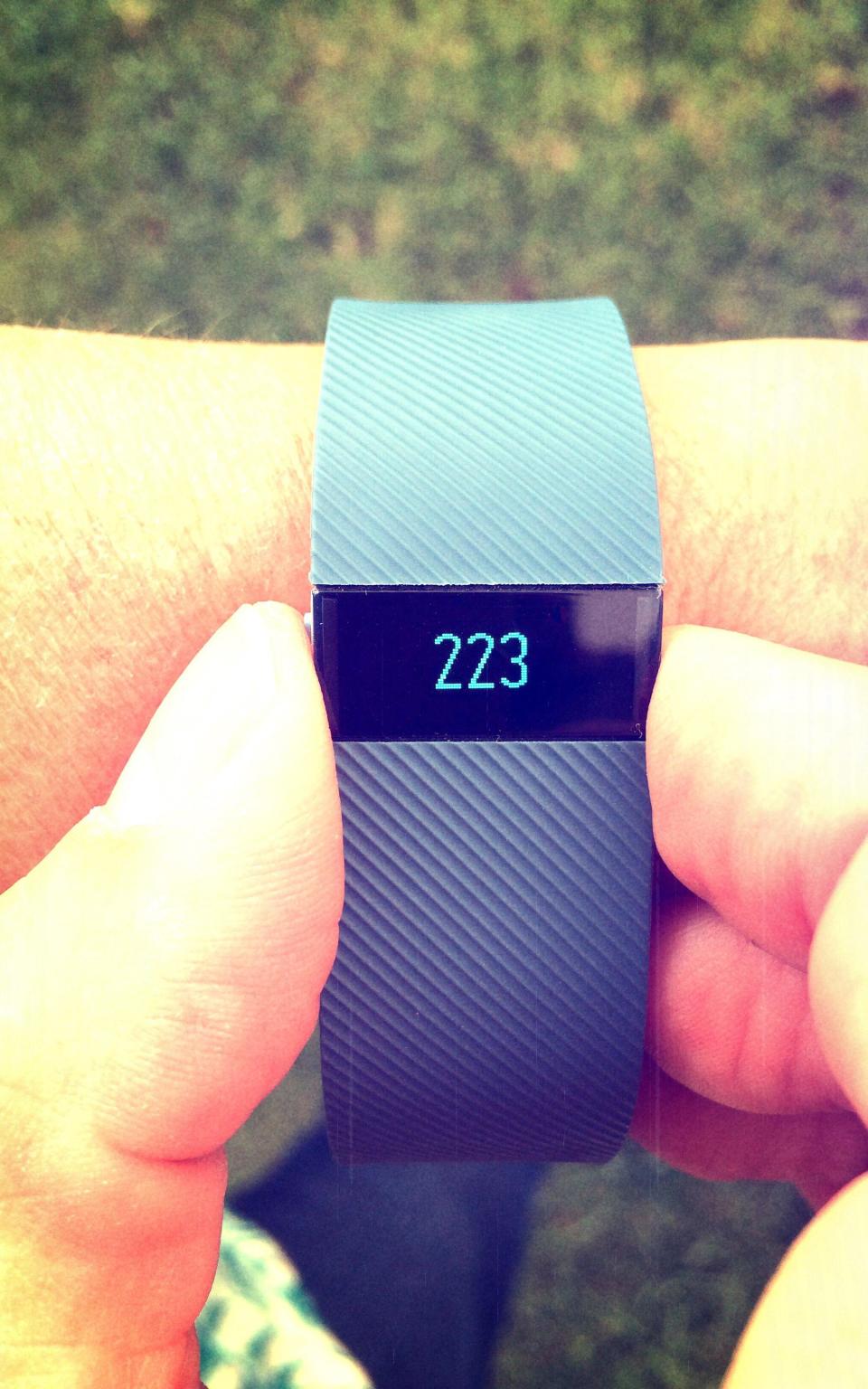The 10,000-step myth and the real health goals you should aim for
If you’re regularly pounding the pavement to clock up your 10,000 steps, you may want to pause. Last week, Dr Greg Hager, an expert in computer science at Johns Hopkins University, said many of today’s fitness apps and devices had no basis in evidence and that a one-size-fits-all approach could be harmful. He singled out the way some devices encourage users to clock up 10,000 steps a day – calling it an arbitrary number made up in a 1960s Japanese study.
While the advice might not be quite as misguided as the notion that a “Mars a day helps you work, rest and play”, the “10,000 steps” approach to fitness has long been questioned by the scientific community.
Dr Ben Kelly, head of preventative Medicine at Nuffield Health, says: “In the academic space we’ve known for a long time that the response you have to exercise is very specific.” While one person might lose weight and get fit counting steps, for another it might have little effect. He cites a Nuffield study that showed that five to 10 per cent of the population showed no measurable improvement after following such fitness guidelines.
FitBit, which has sold more than 38 million fitness trackers worldwide, and encourages users to take 10,000 steps daily, released a statement saying its mission was “to help people lead healthier lives by empowering them with data, inspiration and guidance”, and that users could adjust their targets.
A one-size-fits-all approach could be harmful
And for the goal-oriented, there are arguably other magic numbers that we should be aiming for instead (see below).
However, understanding that a universal approach to fitness doesn’t exist is crucial for Curtis Valentine, a personal trainer from north London, who offers his clients a bespoke service to achieve their individial goals. “An exercise class is never ‘one size fits all’,” he says. “It’s the same with 10,000 steps; it could push one person too much.”
Exercise for 150 minutes a week
It is a bone of contention with many health professionals, but the national guidance for activity of 150 minutes of moderate exercise a week has stood the test of time, says Dr Kelly. “Ultimately the data suggest if you achieve 150 minutes a week you are at lower risk of chronic disease and cardiovascular events.”
But you don’t have to blitz it all in one frantic go. Dr Kelly suggests breaking it up into five chunks of 30 minutes, or even 10 of 15. “The body doesn’t discriminate – you get the same benefits.”
Most importantly, don’t see yourself as a failure if you don’t manage anything one week. “Remember, it’s an average over your lifetime.”
Aim for a resting heart rate of under 60bpm
Fitness is the strongest predictor we have of mortality. It might seem perverse but, says Dr Kelly: “You can be overweight and fit and have a longer life expectancy than someone who is lean but unfit. It’s important to do a suitable amount of exercise that will boost your aerobic capacity. Ultimately that is the thing that will predict how quickly you’ll die.”
A good measure, says Mayfair-based personal trainer Matt Roberts, is: “Is your resting heart rate below 60 beats per minute? If it isn’t, you may need to increase your physical activity.”
So those 10,000 steps might not count for anything much if they’re leisurely. Curtis Valentine adds: “The British Heart Foundation says you should walk like you’re on your way to an important appointment, just slightly out of breath.”
Don’t be inactive for more than 90 minutes
A lack of movement is directly linked to cardiovascular disease. “I wouldn’t go as far as to say inactivity is the new smoking, but it’s absolutely up there,” says Dr Kelly.
He recommends getting up every 90 minutes and stretching your legs. “That means, every hour and a half, make a cuppa or pop outside to get some fresh air – your body will thank you.” Apps such as Alarmed allow you to set reminders for yourself, making this easier than ever.


